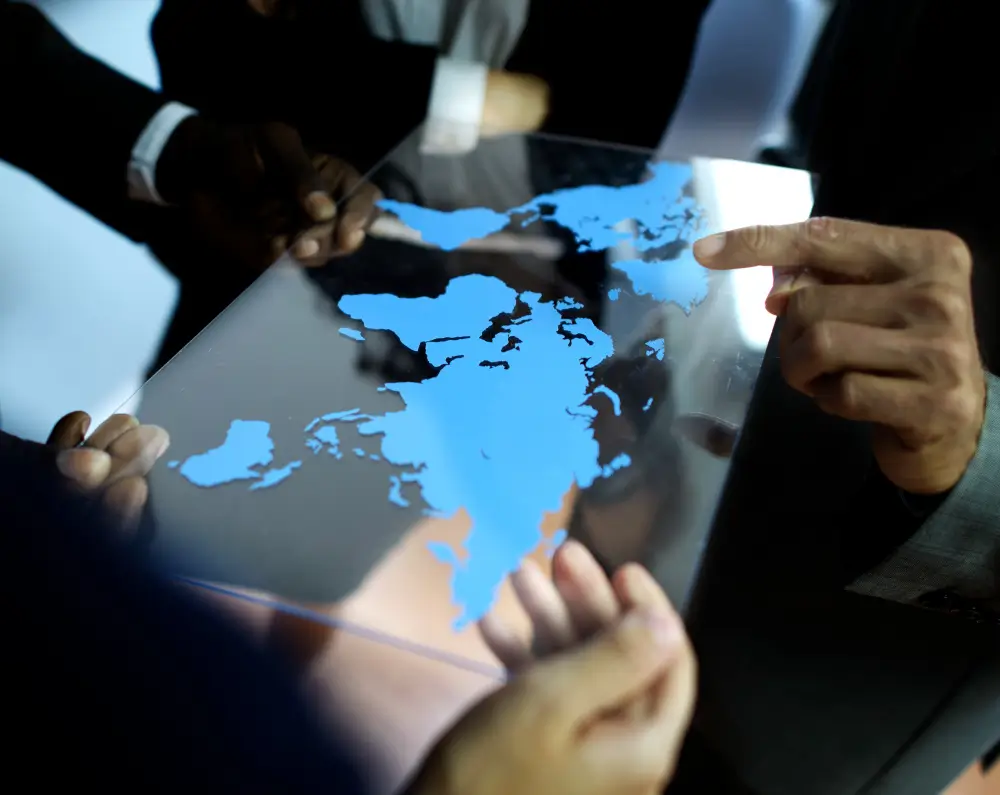Today, many organisations see global sourcing as a practical way to reduce expenses and gain a competitive edge. However, the reality of cross-border procurement is far more complex than it appears — especially for large enterprises and multinational corporations.
Successful sourcing relies on four critical pillars: people, processes, technology, and supply chain. These elements must work together smoothly to make internal procurement operations effective, sustainable, and scalable.

When companies outsource or expand sourcing activities globally, they often face common obstacles such as:
To tackle these challenges, companies need well-planned, proactive procurement strategies. For instance:
Other obstacles may include customs inspections, incomplete paperwork, or unexpected local compliance hurdles. Many businesses also struggle to identify and qualify the right suppliers when operating in unfamiliar markets. In these cases, partnering with a trusted global procurement services provider like eSourcingSolution can make all the difference — giving your team the local insight and support needed to build a robust sourcing strategy.
Sometimes, an organisation’s own growth initiatives — like mergers and acquisitions — can complicate procurement too. Mergers often create overlapping vendors, outdated technologies, and supply chain inefficiencies. When this happens, costs can rise and standardisation may slip.
In the face of these challenges, some businesses choose to focus only on controlling existing costs rather than seeking new sourcing opportunities. However, with the right planning, partnerships, and expert support, your company can overcome these hurdles and unlock the full value of global sourcing.
There’s no doubt that global sourcing presents unique challenges — but navigating these effectively depends on how well companies manage the four key pillars: people, process, technology, and supply chain. Here’s how each pillar makes a difference and how to strengthen them for success:
In today’s highly competitive global market, managing complex supply chains and logistics requires capable, well-trained teams. Supplier management teams must have the expertise to coordinate multiple vendors across different regions while overcoming cultural and language barriers. Clear communication and strong relationship management are essential to representing your company’s goals and ensuring smooth service delivery worldwide.
Automation is transforming global procurement — and smart companies are using it to their advantage. By digitising sourcing processes, businesses can improve speed, accuracy, and efficiency across procurement operations. Trusted global procurement service providers like eSourcingSolution help organisations adopt the latest sourcing trends and technologies. As automation continues to evolve, companies that embrace it can streamline workflows, lower costs, and stay competitive in dynamic global markets.
Choosing a procurement partner that leverages advanced, innovative technologies is crucial for modern sourcing success. The right tools make it easier for businesses to source from multiple OEMs, manage complex orders in various currencies, and gain real-time visibility into spend and supplier performance. Technology-driven procurement streamlines operations, reduces errors, and opens access to more competitive markets worldwide.
A resilient, well-managed supply chain is the backbone of successful global sourcing. Before launching sourcing operations, businesses should evaluate their supply chain strategy and partner with procurement agencies that have established, trusted supplier networks. Small and mid-sized companies often lack the scale or local contacts to access the best suppliers globally — but experienced partners like eSourcingSolution bring decades of connections and cross-border expertise to the table. This ensures smooth procurement processes, better pricing, and dependable supply — even in volatile markets.

copyright@2025 esourcingsolutionllc All rights reserved.